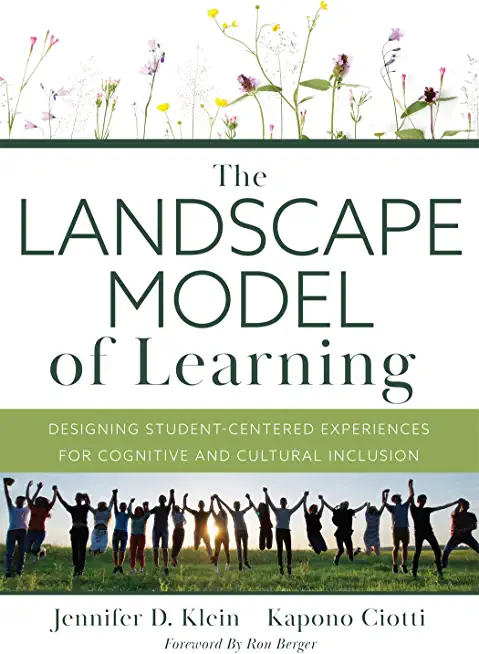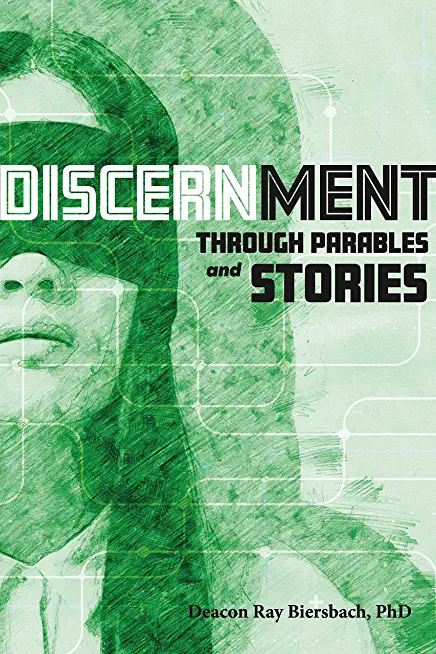
Klein, Jennifer D.
product information
description
6
Educators committed to lifelong learning, diversity, equity, and inclusion will:
Contents:
Introduction
Part 1: Understanding the Landscape Model
Chapter 1: The Landscape Model's Three Elements
Chapter 2: Eight Guiding Principles
Part 2: Implementing the Landscape Model
Chapter 3: Element One: The Ecosystem
Chapter 4: Element Two: The Horizon
Chapter 5: Element Three: The Pathway
Part 3: Leading the Landscape Model
Chapter 6: Student Growth Assessment on the Landscape
Chapter 7: Challenges of Implementation
Chapter 8: Landscape Model Implementation for Long-Term Success
Chapter 9: Opportunities for the Future
Epilogue: Why This Work Matters
Appendix
References and Resources
Index
Help students take the lead on reaching their own personal highest level of success by shifting from the current paradigm of education to create a more meaningful and inclusive learning ecosystem. This essential guide offers the landscape model and its three elements: understanding what students bring to the ecosystem, defining the horizon, and charting the pathway. Access practical strategies for drawing on students' experiences and strengths to create a more meaningful and inclusive educational ecosystem.
Educators committed to lifelong learning, diversity, equity, and inclusion will:
- Retire the inadequate goal of access and move education toward the higher and more urgent, equitable goal of helping every student reach their highest possible level of individual success
- Embrace the concept of inclusive prosperity, which goes beyond diversity to accepting and supporting all students--their experiences, gifts, and challenges--to build communities where all students belong
- Receive practical, research-based strategies for developing agency and engagement so that students become the protagonists of their journey through the learning ecosystem
- Design systems for student protagonism by implementing student-centered strategies for cognitive and cultural inclusion
- Obtain reproducible tools to deepen understanding and implementation of the material
- Learn how to successfully implement the model despite common hurdles and potential challenges, such as traditional academic contexts and economically disenfranchised schools
Contents:
Introduction
Part 1: Understanding the Landscape Model
Chapter 1: The Landscape Model's Three Elements
Chapter 2: Eight Guiding Principles
Part 2: Implementing the Landscape Model
Chapter 3: Element One: The Ecosystem
Chapter 4: Element Two: The Horizon
Chapter 5: Element Three: The Pathway
Part 3: Leading the Landscape Model
Chapter 6: Student Growth Assessment on the Landscape
Chapter 7: Challenges of Implementation
Chapter 8: Landscape Model Implementation for Long-Term Success
Chapter 9: Opportunities for the Future
Epilogue: Why This Work Matters
Appendix
References and Resources
Index
member goods
No member items were found under this heading.
Return Policy
All sales are final
Shipping
No special shipping considerations available.
Shipping fees determined at checkout.







